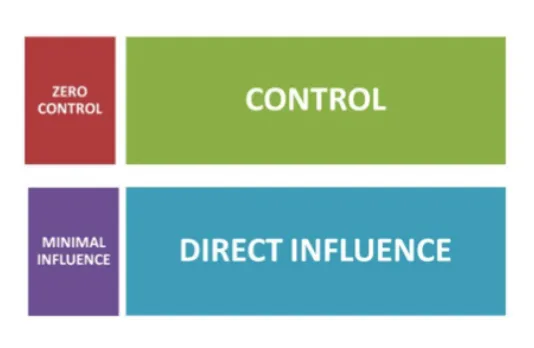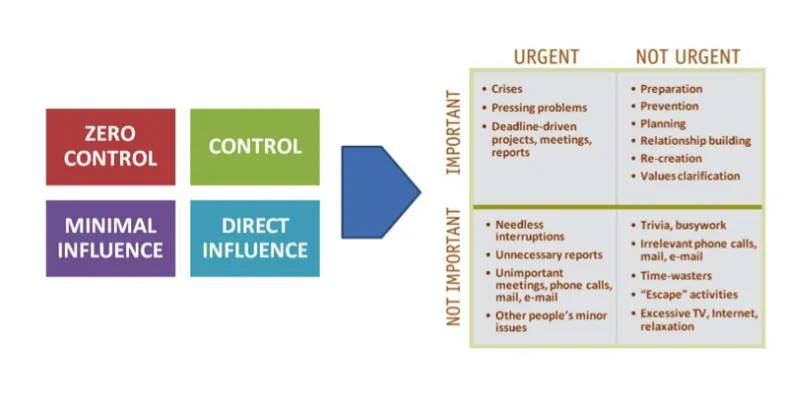Leadership challenges: How different are they for women
Is leadership simply an issue of inner conviction or does it also take some sustained and enthusiastic effort? “If you want to achieve what you have never achieved before, you simply have to start doing things you have never done before”, says acclaimed author of 7 Habits of Highly Effective People, and speaker, Steven Covey.
Vision, courage, integrity, humility as well as strategic planning, focus, co-operation, and execution are accepted broadly as key leadership attributes. How we develop these attributes, however, is something that remains obscure. Moreover, are leadership skills for women different from men, is a question pertinent to this topic. Or is leadership simply leadership? My thinking leans towards the latter.
The leadership qualities outlined below, in my view, are common for men and women and at best require some further nuance by women, in how they tackle them.

Mindset
Getting to this point needs personal leadership. By this I mean three foundational mindsets. The first mindset is to anchor yourself in fundamental truths, or principles. This will ensure consistency of thought and action. The second mindset is that any action you take must be based on well-thought-out plans – physical creation should always be preceded by mental creation. This will help you clarify your own purpose, and not be led by other, seemingly appealing and reasonable points of view. The third is to differentiate actions between what is truly important versus that which is not. It will help you focus on your highest priorities.
Work on what you can control
No one will ever have perfect circumstances. The reality is that women do have to run homes and children need care and supervision, too. Accepting some conditions and working around them or whatever is in one’s circle of influence, will be the first step towards being effective in any realm or aspect of one’s life. Find solutions, co-opt people, delegate, do whatever works to assist you.

Make a list of all your activities and categorise them in these boxes:
Then work on what you can control and directly influence.
Examine your own thoughts, moods and behaviours
What kind of behaviours and responses do you exhibit? Are you a passive observer to things happening around you? This could be a result of years and generations of social and cultural conditioning. Does this conditioning give rise to a belief that you are a victim of your circumstances, both in your personal and professional life?
Is your behaviour aggressive, based on a belief that that’s the only way to be heard or get something done? Do the responses shift from passive to extremely reactive or aggressive? A little introspection would help come up with answers! Having done that, think about a leader you admire. Is this person calm, responsive, and able to communicate thoughts effectively? These are people who display assertive behaviour. They are able to visualise beyond their current circumstances and experience.
Workplace acceptability
High trust pays rich dividends. Communicate in a way that builds trust. Share information and tell the truth. Be ready to admit mistakes. Give and receive feedback. Along with this maintain confidentiality. As a leader you would need to manage expectations, establish boundaries, keep agreements, and be consistent. All of these behaviours would help build trust and acceptability in the workplace. You would, as a leader, delegate appropriately, acknowledge others’ skills, and allow people to take decisions. Learn to respond based on circumstances and not just on perceptions. To be accepted seek first to understand. Build your emotional account with your colleagues. This determines the amount of trust that exists in a relationship. Women often feel that they are not accepted well in a male-dominated workplace. Despite this, we do see women in leadership roles all over the world, spanning politics, finance, and other areas. The women who reach these positions do so because they work dedicatedly in building workplace acceptability.
Communication is key
A key role for the leader is to ensure that her team backs her initiatives. This will not only require early communication of the objective, but also extensive discussions on the expected performance levels. Every time the leader speaks, she influences behaviour and creates culture. These conversations are more important to results than most other conversations you have as a leader. They can be formal, informal, short or long. You are having them already, whether consciously or not. Always look to convert a normal conversation into a leadership conversation. At the organisational level, the leader must create an environment in which people can work freely and without fear.
Manage time

Managing time will help you focus on your highest priorities. By working on the aspects that you can control and influence, as mentioned above, and further bifurcating them into Urgent-Not Urgent-Important-Not Important grid, you can create the focus you need to be a successful leader, and keep out the noise that consistently distracts.
At the end of the day, man or woman, many of the challenges faced are common. Believing in your skills and working on enhancing them at every step and making choices and being accountable for them is what differentiates one as a leader. Create an environment of accountability and start with “being the change you want to see”.







